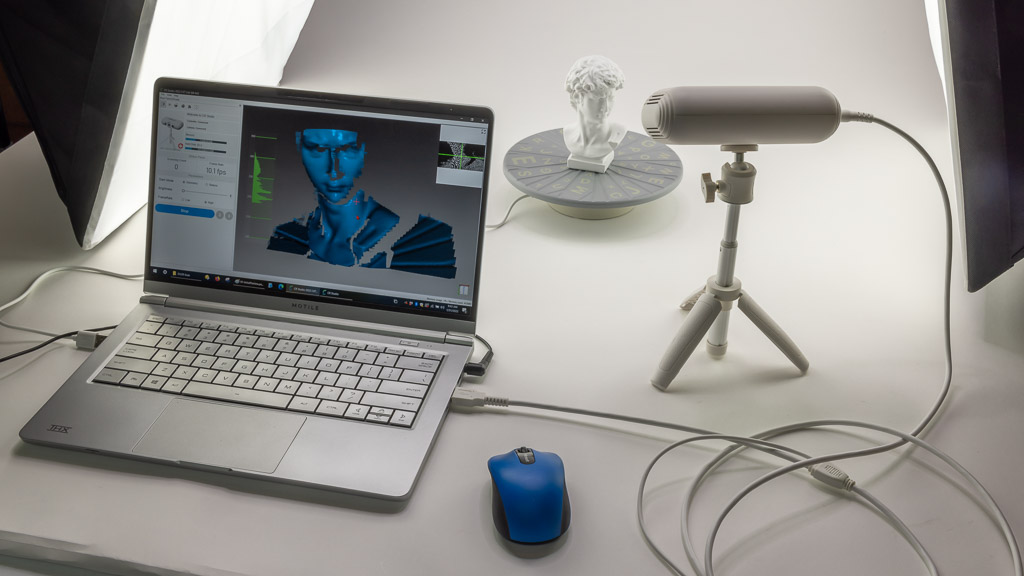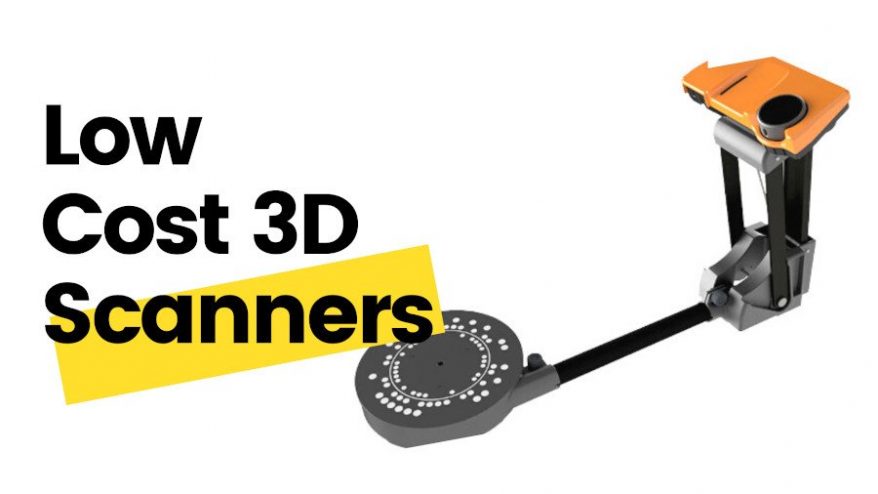I think the process was photo to 3D to 2D. He described the process in one of his posts.
Cool! Got a link?
I think the process was photo to 3D to 2D. He described the process in one of his posts.
Cool! Got a link?
I supposedly have the ability to do that with my CNC router and its touch probe.Maybe you could also do something like that with a touch probe in the mill spindle and a DRO to take most of the measurements. Then make a 3D design in your favorite CAD program from that.
For that clip holder, I would scan then only use it as reference geometry. It looks like one holder could be pattern copied. This probably would not warrant the cost of a scanner to do in this case. On more complicated objects, you could scan, clean up, and print. The scanners range in price from a couple hundred to 100,000$. Of course, you get what you pay for.. If you want a good starter scanner, I would recommend either a Peel or Einscan scanner. These are not metrology grade, or certified scanners. They would do the job though. You will still need to clean up and redraw the part if it is prismatic. For organic, you can auto-surface it. For 3D printing you can leave it as polygon mesh. Here is in my opinion of a starter scanners.. I would avoid Creality lizard or anything that costs 2-300$.. you really get what you pay for.I want a star trek replicator. To scan stuff, accurately enough, and then 3D print it. What is required? what is the process? What software is needed? How much for various options? Does it take forever? Can I measure and model it in CAD faster than the actual process of scanning, cleaning, printing?
See this holder for hex shaped bits? I want more of them. How can I scan this with some sort of scanner? Then model it up and print it with a 3-D printer.? If I can do that then I have a 2023 version of a Star Trek replicator.
Somebody on the floor must be doing this. Tell us about your scanner in the process and how much the scanner will cost.



 www.3dsourced.com
www.3dsourced.com
So you had your head scanned for a crown? Your wife must be very understanding.I had something similar done to my whole head when I was visiting SGI in California.
So you had your head scanned for a crown? Your wife must be very understanding.
not sure which way to go on this diversion.. either they were trying get you to shave,,,,,,, or amazing the tech was available that long ago, had to be re-invented after someone got around the military patent..Seriously. They scanned my head and then did a 3D print of my head on a post. Reminded me of a Greek sculpture. Trouble is that the sculpture looked better than I did! Prolly cuz it had no fur......
or amazing the tech was available that long ago, had to be re-invented after someone got around the military patent..
For those who may be interested. Reliable 'scanning' relies on a method called computed tomography. The math behind this has been known for 200+ years, but the technology only became practical in the 1970's for medical imaging. My doctors were very excited to show me a 3D rendering of my tumor from their multi-million dollar toys. X-ray based CT is by far the most common, but visible light is increasingly common. It is necessarily less precise because of the increased wavelengths involved, but also much easier and safer because you don't need a magnetron to generate x-rays, x-ray detectors or risk x-raying someone by mistakeLots of stuff has been around for a long time. Just way beyond the financial means of an average guy.
I think my head was printed on a 3D printer using ABS filament. That was around 20 years ago. The printer was several hundred thousand dollars. Now you can buy one for several hundred. Roughly a thousandth of the cost back then. I do not recall any military patents on this technology. I seem to recall most of this 3D printing stuff was an outcome of the work done at one of the Fraunhoffer Institutes in Germany. But I'm not certain that's where it started. I did go to Germany around the turn if the century to evaluate early 3D printing of metal. It wasn't ready for application yet. I don't know if it ever evolved or not.
However, I did regularly review Military technology for industrial applications.
You are referring to structured light, with feature recognition. As in the video of Einstar, it loosed tracking often. Laser is way better because it uses markers that define space related to the camera. I doesn't need spray to lighten dark surfaces and can work in practically any lighting condition. Unfortunately, the cost of a start laser scanner is over 10 K.In any event, several pictures are taken from different angles / perspectives, and then combined to deduce the x, y, z coordinates of edges / vertices from inverse matrix operations. The biggest challenges are when the exact position of the camera isn't known (or isn't very accurate), or when the lighting is inadequate or directional (shadows). I'm skipping many details obviously
